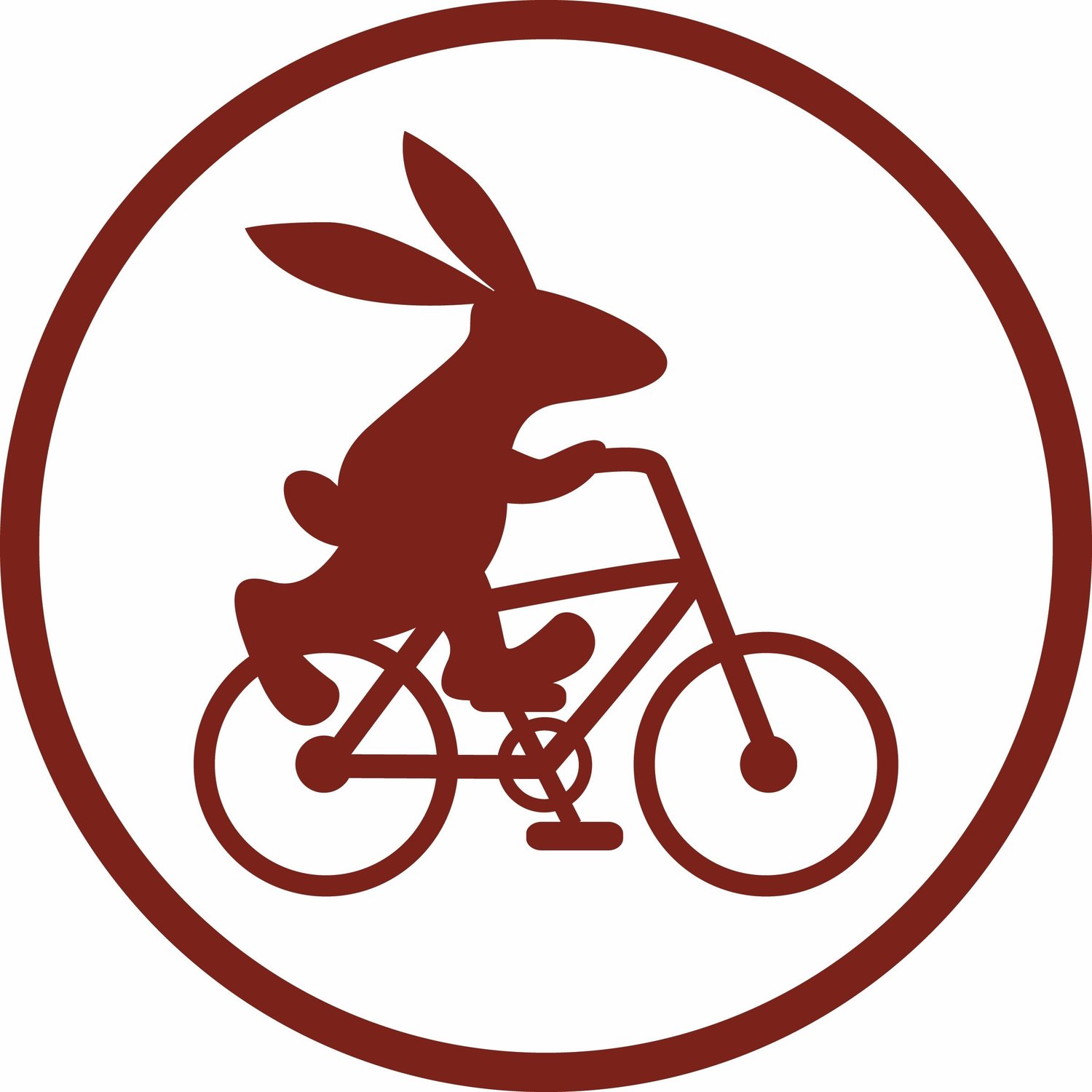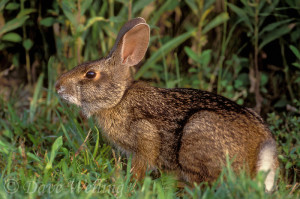Greenville Gone Wild! Wildlife in Greenville.
/We live among you! And around you. Yes, we do! Most who travel the Swamp Rabbit Trail have seen many of my furry, scaly, slippery, winged, fang and claw extended animal family. And their days are much enhanced by the encounters. For the most part we enjoying seeing you slick-skinned, patchy furred, biped types too (small ears AND small eyes AND naked - how on earth do you survive!?). Most of y’all are pretty respectful and kind. How about an overview of what’s out there? Under that bush, in the river, up in the tree, or deep underground. You may not know it but you, my human friend, are surrounded! If you are coming to visit us there is plenty of wildlife in Greenville to spy. Enjoy this primer and keep an eye and ear out for wildlife as you bike, hike, climb, golf, and boat around the Upstate.
This quote on the Greenville County Bird Club’s website sums it up beautifully:
"Those who dwell, as scientists or laymen, among the beauties and mysteries of the earth, are never alone or weary of life." - Rachel Carson
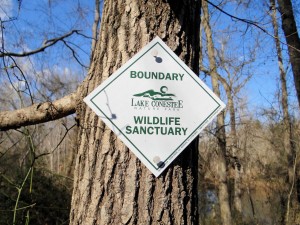
As your mom or dad probably told you, “Look but don’t touch.” is still wise advice as is ‘don’t approach’. We appreciate y’all respecting our space and we’ll all get along fine.
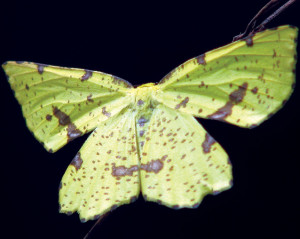
We’re pretty sure that you’ve seen racoons, skunks, beavers, squirrels, opossums and deer plenty of other places in North America, probably in your own yard. So allow me to get you acquainted with a few more elusive, lesser known inhabitants of Greenville county and the western Carolinas.
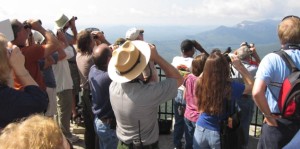
Shall we start at the top? Look! Up in the air! It's a...
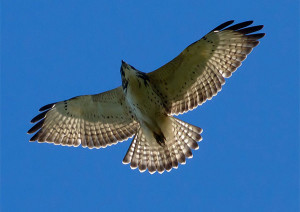
When the leaves begin to fall around Greenville the birders look to the sky. The great hawk migration draws enthusiasts to Caesar's Head Hawk Watch and Flock to the Rock at Chimney Rock to watch hawks give the Carolinas a flyby. We often see hawks dining on prey alongside the Swamp Rabbit Trail, but you must keep your eyes peeled because even though these are large birds, standing 1 ft or taller, they are so well camouflaged you could ride right by unawares!

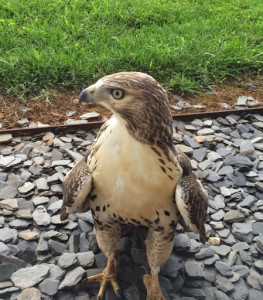
You will hear lots of owls calling to one another most any night in Greenville including Great Horned and Eastern Screech owls. They are taking care of the mice so never you fear and enjoy the hooting.
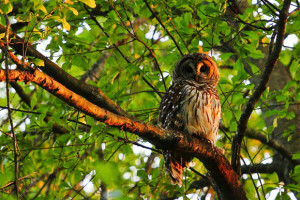
Wildlife Rehab of Greenville, an all-volunteer non-profit, is well known in the state for looking after creatures that get into trouble. Below, Anderson firefighter Billy McCullough holds a three-week old barred owl after rescuing the bird from a 100-year old water-oak tree.
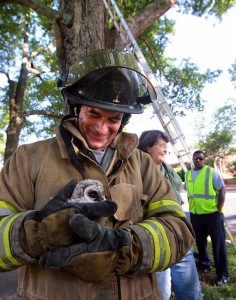
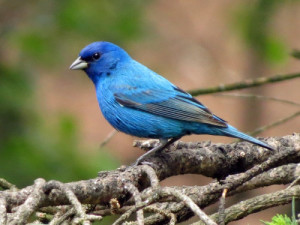
The Indigo Bunting is bluer than blue and that bright flash of color will perk up your ride any day! The end of summer prompts the hummingbird migration though we still see hummers until the end of October. The GC Bird Club has information resources and events throughout the year so if you are a bird watcher, do check out their site.
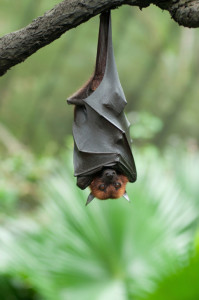
Before you gasp be aware that many of the bats in the Upstate are threatened species so be nice! Bats are the only member of the mammal family that can fly. In North America most weigh less than an ounce but can have wingspans of 16 inches. Bats make up 25% of all the mammals on earth, and 70% of bats feed on insects. A single, tiny brown bat can eat up to 1000 mosquitoes in one hour. You’re welcome!
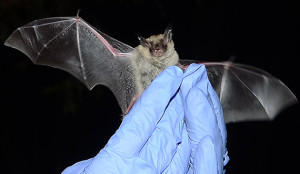
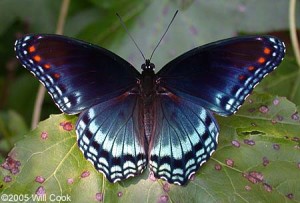
Blue in Greenville, kind of a thing. If you ride the trail in spring, summer, or fall you will be virtually escorted by butterflies. Plenty of Swallowtails, Mourning Cloaks, and Buckeyes but the Red Spotted Purple will look black at first until the sun catches its iridescent blue wings and... flash! See Roper Mountain Science Center Butterfly Garden's list.
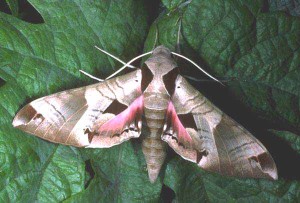
If you leave a window open and the screen up at night you may bump into one of these on the way to the loo. We have spectacular moths in the Upstate including the fabled luna moth. Many are 5 inches, or so, across.
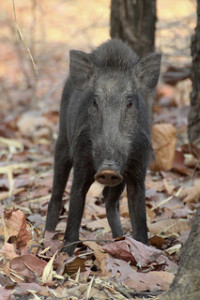
On land and onto the four-legged. Wild pigs were initially introduced to North America as domestic livestock by Europeans in the 1500s. For several centuries their populations remained stable and non-threatening to agriculture and local ecosystems. Wild boar were introduced in the 19th century as big game animals and at first were benignly established in the wild. In the last couple of decades however, their numbers have expanded dramatically and various efforts to manage them are being considered. If you see a group however, do not be alarmed; they mainly want to root up your garden. And again - don't approach.
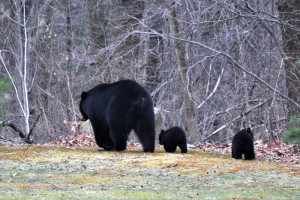

Relax. There has never been a bear attack on a human recorded in South Carolina. The historic habitat of black bears is northern Oconee, Pickens and Greenville counties. There are estimated to be 800 - 1,000 in the Upstate, mostly in mountainous areas. They do stray near urban environments occasionally. If you see one do not approach, do not run; just back away slowly.
“Bears aren’t out to get you. If you run into a bear, it’s usually one of two reasons: He’s startled, or he’s coming to a food source like campsites, or picnic area. They’re looking for natural food sources. About 90 percent of what they eat is plant material, blackberries and raspberries in the middle of summer, and then in fall, they’re almost completely dependent on hard mast - the acorn crop.” --Tammy Wactor, wildlife biologist with the South Carolina Department of Natural Resources.
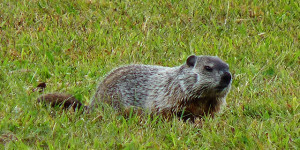
Far less likely to be aggressive (smaller teeth) is the woodchuck/groundhog/marmot/whistlepig. Several of these make their homes along the Swamp Rabbit Trail. If you are quiet you are likely to come upon one. A frequent visitor to the Swamp Rabbit Inn swears that a "marmot sighting" brings good luck. I would affirm that when we wild things choose to show ourselves it's because we are not afraid of you, which means you must be doing something right already!
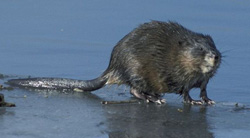
Smaller than a beaver with a vertically flat tail, muskrats are also considered less pesky to the ways of man than beaver as they simply burrow in river banks, like on the Reedy River. Probably won't spot one unless you decide to set a spell on the bank and watch the river run by.
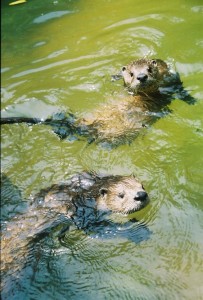
Who doesn't want to swim like an otter? Even eye envy these guys. Pretty much have it made. They tend to come and go from the water in the same spot making what is known as an "otter slide". They eat their fish on the riverbanks. Again, patience and silence are virtues to be rewarded with a sighting. Or you can go to the South Carolina Aquarium and see this guy below...
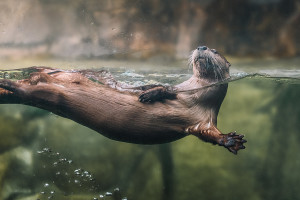
Who's that singing in the wetlands? The frogs of Greenville will serenade you off and on all year. Only if you happen to be caught in the rain on the Trail are you likely to see them. But when it's wet they come out in force! Here are a trio of what's out there among many varieties:
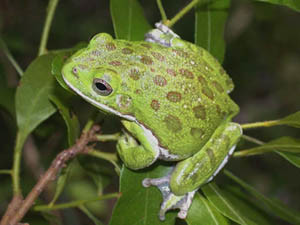
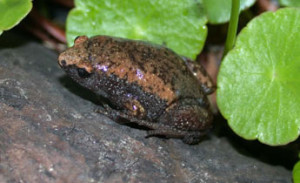
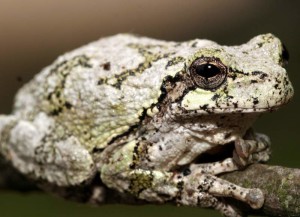
Ah, the tortoise and the hare. Et tu, Tortuga! The Bog Turtle is a threatened species here in the Upstate so cherish your sightings accordingly. The Snapping Turtle looks downright prehistoric. This way be dragons! Stay away from its mouth at all costs!
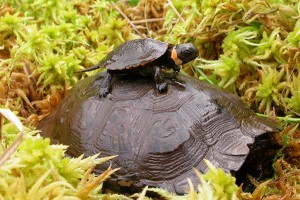
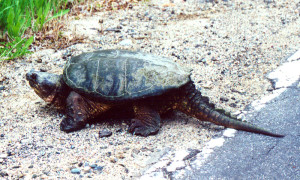
There are 38 snakes in South Carolina and only 5 are venomous. They are all beautiful. They like to lounge on the Trail in the sun. Please keep an eye out for them and do not roll over them with your tires. That's fatal. None are aggressive if you keep your distance.
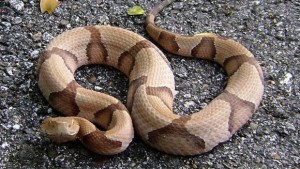

Me, me, me! Swamp Rabbits! Sylvilagus Aquaticus, here. We are the largest of the cottontail rabbits and are found in the swamps and wetlands of the southern united states. We are highly skilled swimmers. We are also the second most hunted rabbit in the United States and are a threatened species, so stop it! Besides we are the only species of rabbit to have met one of your presidents, Jimmy Carter, who was not trying to hunt us and we lived to be on the national news! Swamp Rabbits love learning which is why we can be spotted in the mornings and at dusk along the Swamp Rabbit Trail near Furman University. Be "vewy, vewy qwiiii-ette!"
Be on the lookout for wildlife in Greenville for those you see here and so many more. Say hello! For more information on Greenville wildlife check out these sites:
Greenville Wild Birds Unlimited
Savannah River Ecology Lab Reptile and amphibian finder.
South Carolina Department of Natural Resources
South Carolina Wildlife Federation
--Percy
